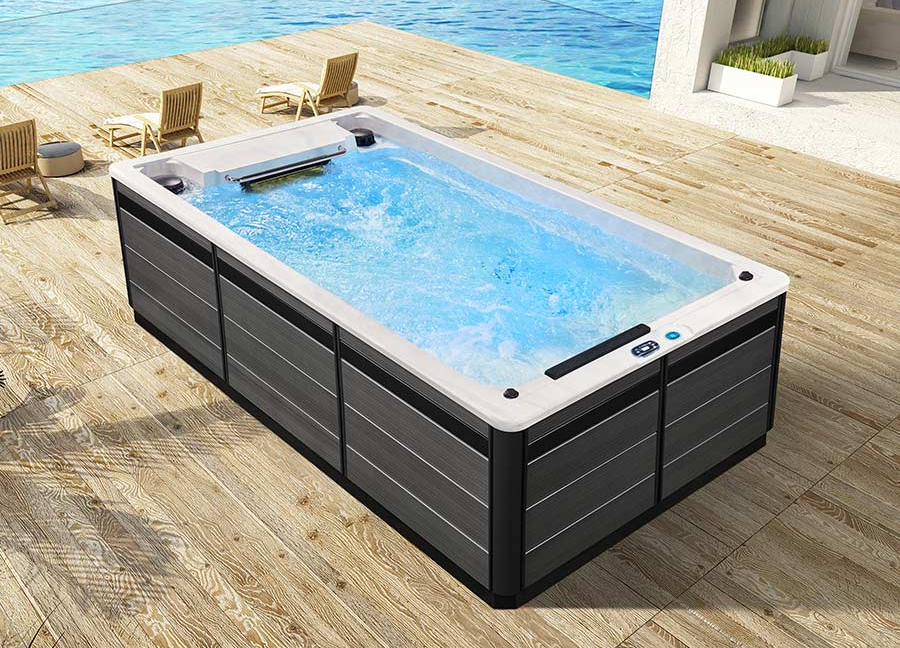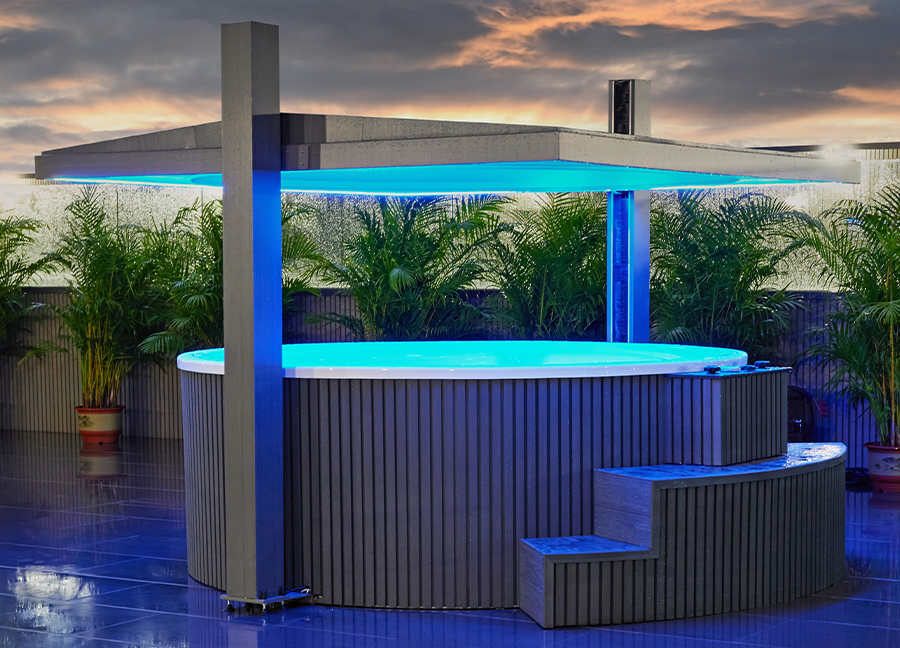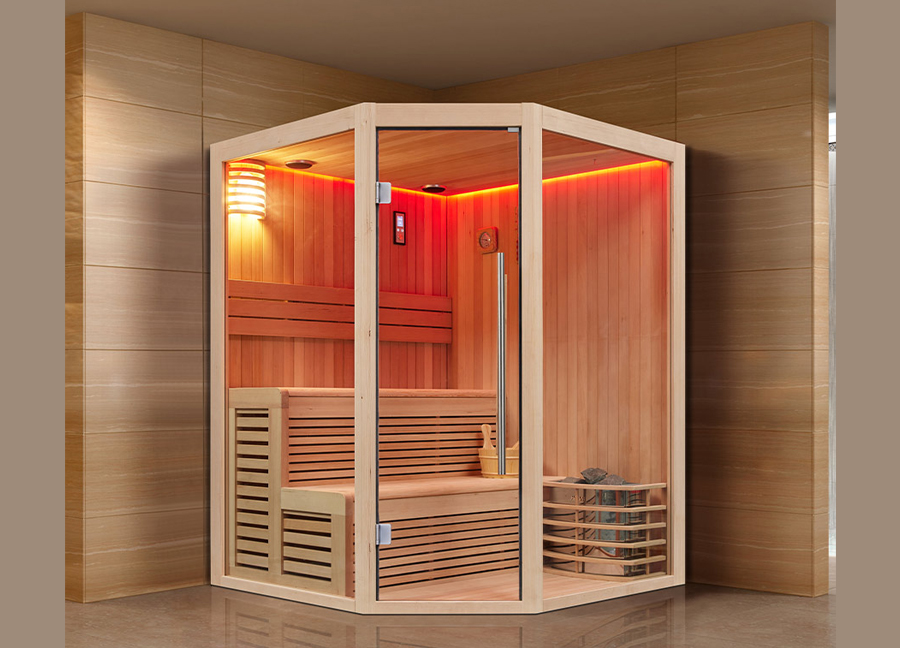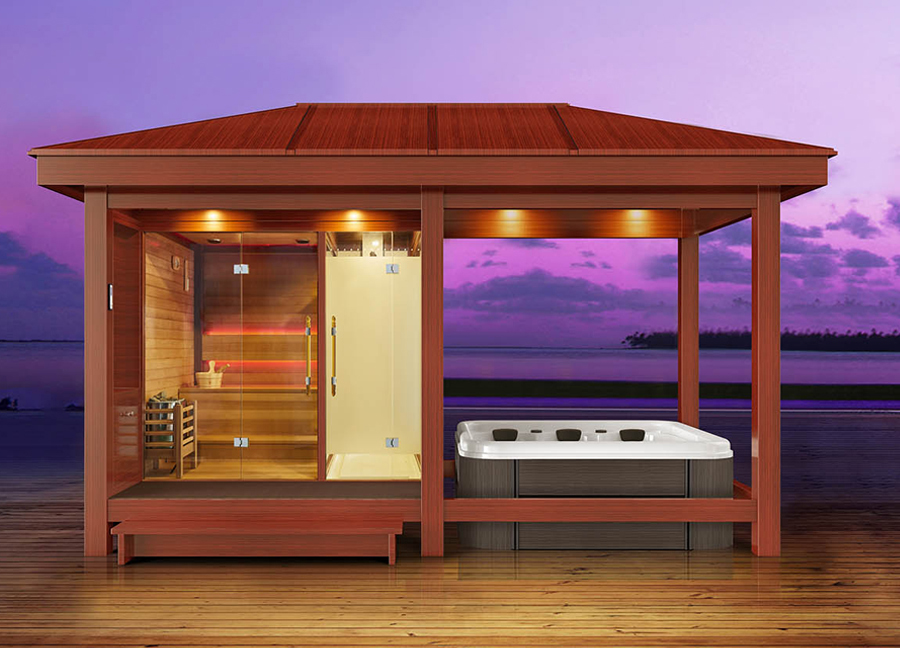In modern home bathrooms, acrylic spa massage bathtubs have become a popular choice for many consumers due to their aesthetic appeal, excellent thermal insulation, comfort, and ease of cleaning. With increasing use, some users are beginning to question: Are acrylic spa massage bathtubs prone to cracking? If so, how can they be prevented?
This article will address this core question, providing a detailed and rigorous analysis of the cracking issue of acrylic spa massage bathtubs from multiple perspectives, including material properties, structural strength, usage environment, and maintenance practices. It will also provide professional preventative measures to help users achieve a safe and long-lasting experience.
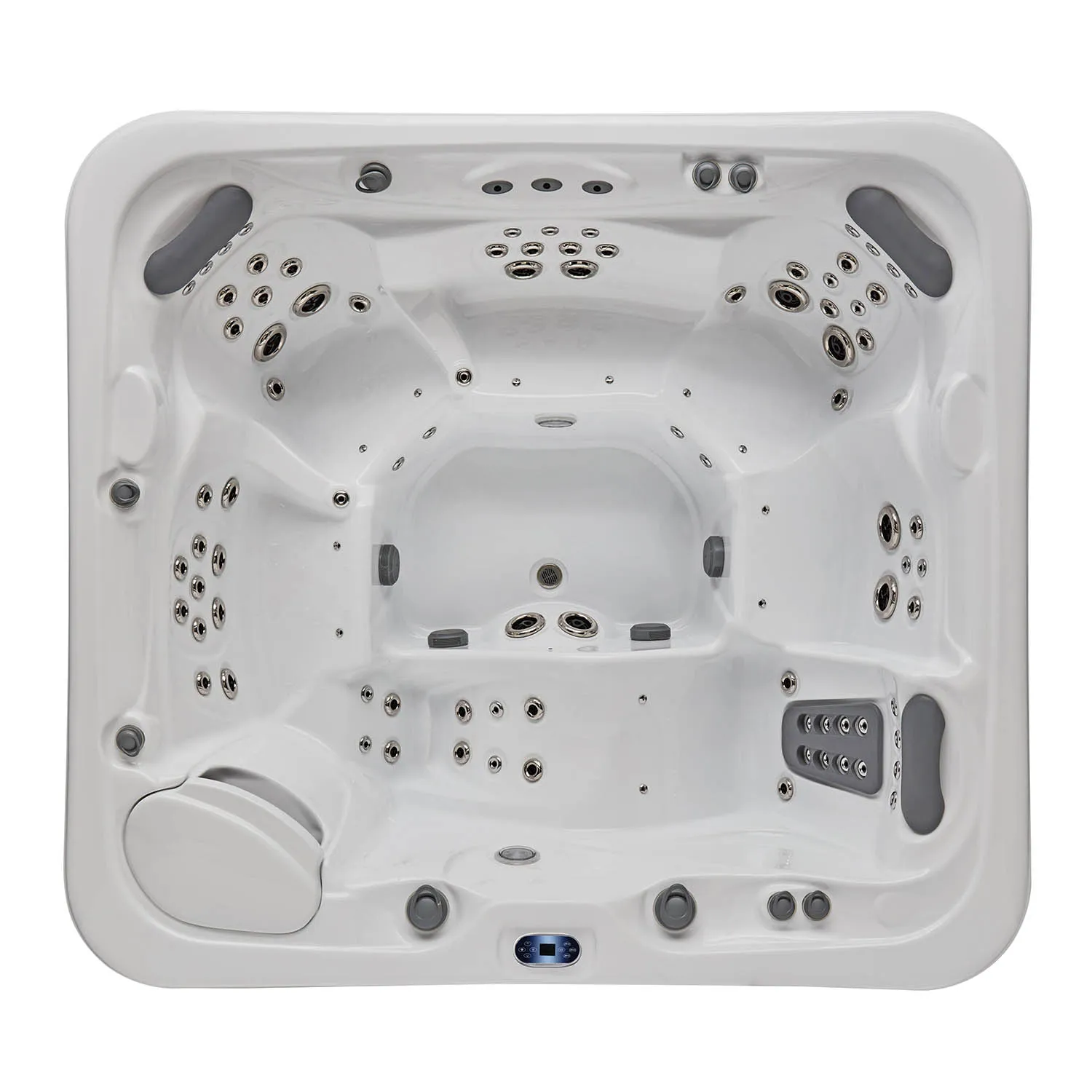
What is an acrylic spa massage bathtub?
1. Material Analysis: What is Acrylic?
Acrylic, or polymethyl methacrylate (PMMA), is a thermoplastic material characterized by high transparency, gloss, and strong impact resistance. In bathtub production, acrylic is often heat-pressed and laminated to enhance strength and durability.
An acrylic spa massage bathtub typically consists of three components:
· Acrylic surface layer: Provides a smooth, stain-resistant, and easy-to-clean surface;
· Fiberglass reinforcement layer: Enhances overall structural strength;
· Back support structure: Load-bearing and anti-deformation, often reinforced with resin.
2. Massage System Principle
The most significant feature of an acrylic spa massage bathtub, unlike ordinary bathtubs, lies in its built-in water pump, nozzle system, and bubble jet system. When activated, the water flow or bubbles impact and massage various parts of the body, achieving relaxation, soothing muscles, and improving blood circulation.
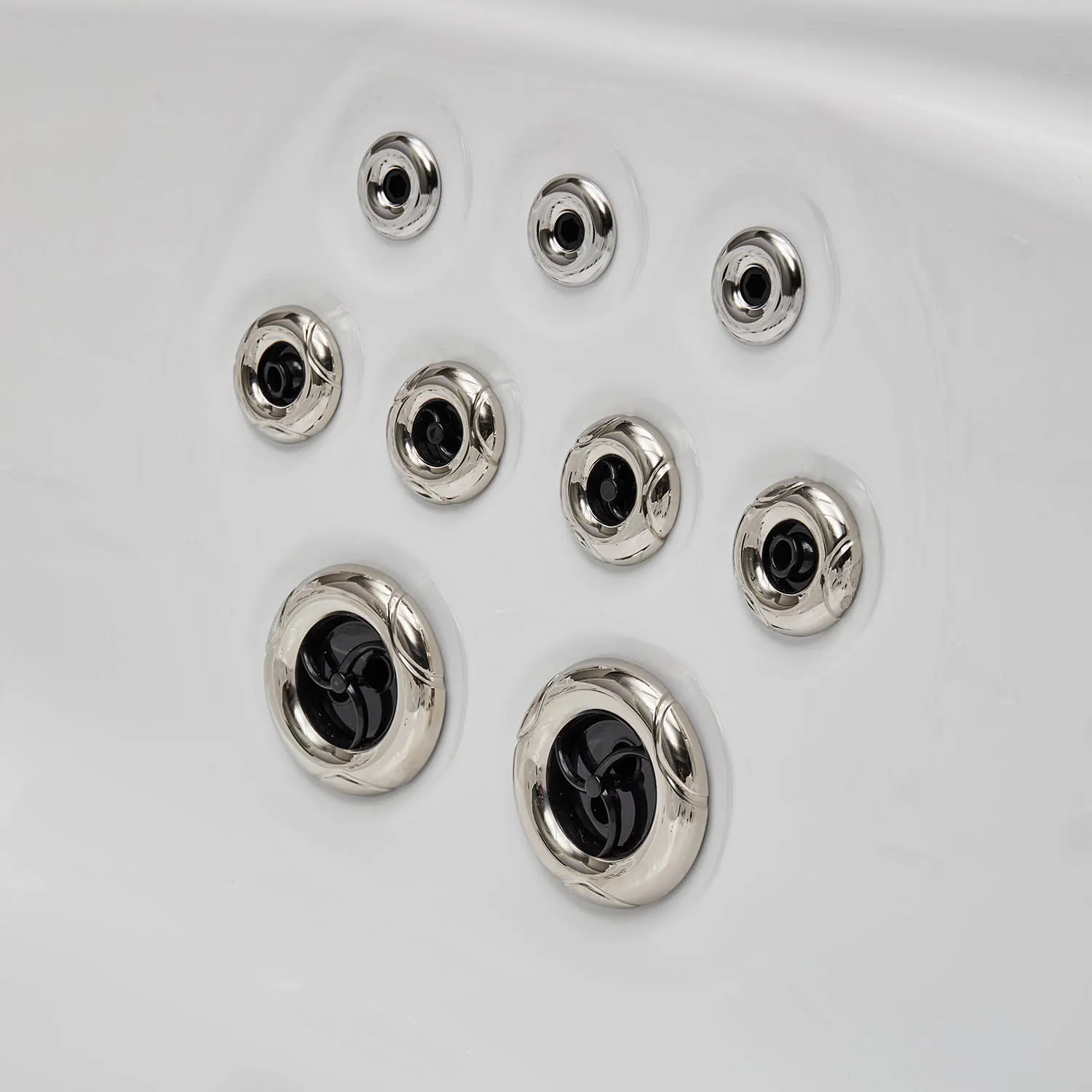
Is an acrylic spa massage bathtub prone to breaking?
1. Theoretically, it's not prone to breakage
Under qualified production conditions, acrylic spa massage bathtubs exhibit the following properties:
· Excellent impact resistance: over 10 times greater than ordinary glass;
· Excellent elasticity: resistant to breaking even with minimal external forces;
· Flexible support structure: Contains glass fiber or other reinforcing materials, effectively resisting compression and impact;
· High-temperature stability: Acrylic softens at approximately 100°C, far exceeding the typical temperature of hot water.
Thus, under normal use, a high-quality acrylic spa massage bathtub is not prone to breakage.
2. In practice, there is still a risk of breakage
Despite this, some users have reported problems such as cracks, holes, or loose bottom structures. The root causes often include:
· Substandard material quality: Low-cost bathtubs use recycled acrylic or other plastics, reducing their strength;
· Improper structural design: Insufficient bottom support or inadequate tub rim support;
· Improper use: Sitting, jumping, placing heavy objects or hot liquids;
· Improper installation: Brackets misaligned with stress points, and corners not tightly sealed;
· Long-term fatigue and aging: Frequent use and alternating hot and cold temperatures cause material fatigue.
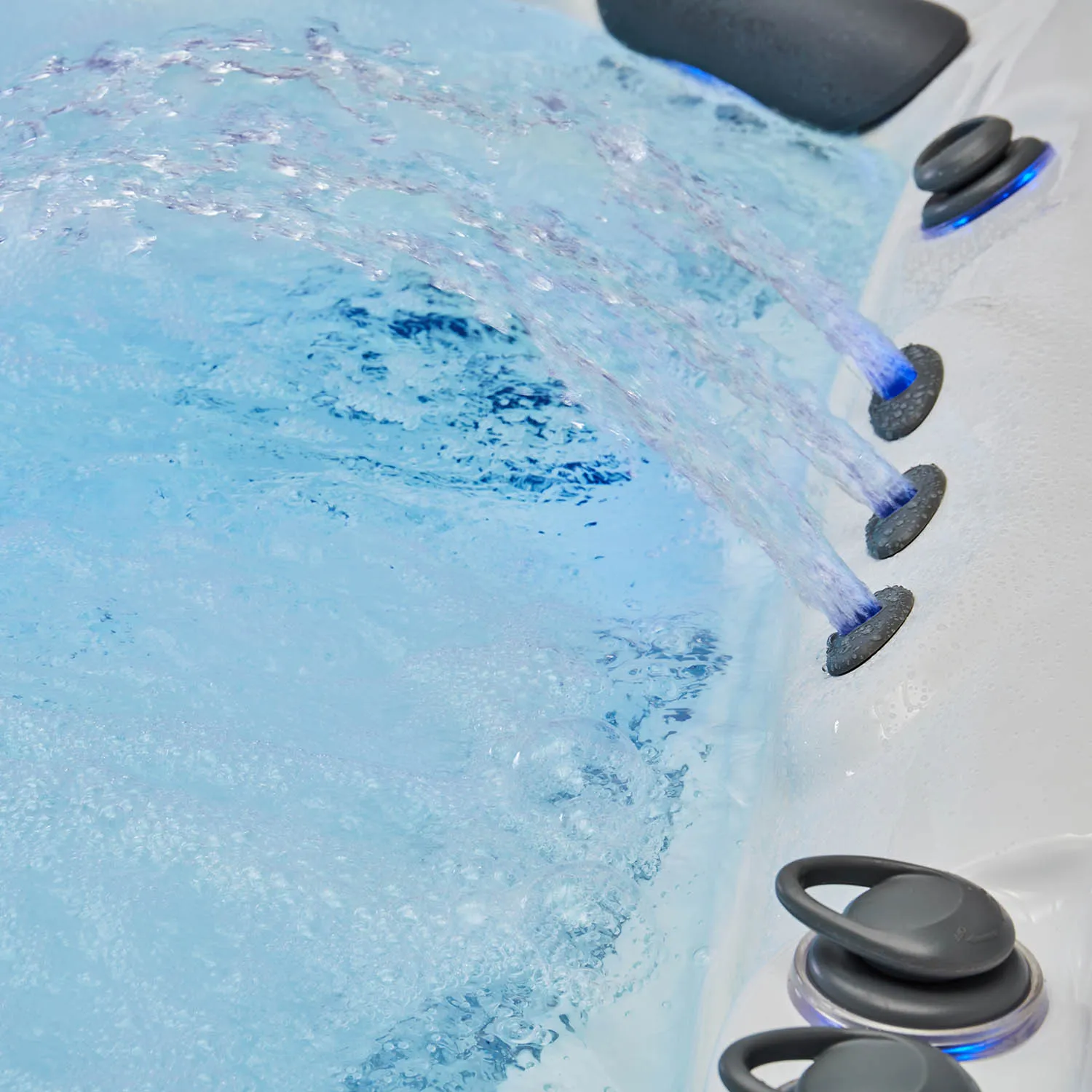
What are the common causes of cracks in acrylic spa massage bathtubs?
1. Surface cracks
They usually start near the bathtub rim or showerhead, possibly due to localized stress concentration, localized material aging, or external forces. If not repaired promptly, surface cracks can easily expand and form penetrating cracks.
Causing factors include:
· Long-term exposure to high temperatures or chemical cleaning agents;
· Pressure from sitting on the rim;
· Poor sealing of the showerhead mounting area, allowing water to penetrate.
2. Bottom collapse or cracking
These problems often occur in bathtubs with uneven load-bearing or inadequate base structures. Severe cracks in the bottom can cause leaks or damage the motor.
Common causes:
· Uneven floor surface resulting in unstable support;
· The bathtub is installed without a fully integrated bottom support tray;
· Standing and jumping during use or adding too much water at once.
3. Internal wall perforations or bursting water channels
Some users have reported bursting of the internal water circulation channels in their bathtubs. This is often caused by aging pipes, loose showerheads, or excessive water pressure.
Main causes:
· Clogged water pressure due to scale buildup after long-term use;
· Overloaded water pressure caused by abnormal pump function;
· Poor internal joint quality.
How can I prevent cracks in my acrylic spa massage bathtub?
1. Choosing high-quality products is paramount
· Check the brand and certifications: Choose products certified by ISO, CE, and other quality systems.
· Confirm the material purity: Acrylic made of 100% pure PMMA is stronger.
· Pay attention to the thickness of the reinforcement layer: The fiberglass reinforcement layer should be uniform and at least 2mm thick.
· Check the welding and bonding process: The joints should be tight and free of visible cracks.
2. Proper installation ensures structural stability
· Level the floor: Ensure the floor is completely level before installation.
· Ensure adequate bottom support: Prefer an integral bracket or concrete pallet support structure.
· Reinforce the showerhead and pipes: Prevent the showerhead from shifting or the pipes from loosening during use.
· Avoid wall hanging: Do not hang the bathtub's center of gravity directly on the wall.
3. Proper use ensures long-term stability
· Avoid violent impacts: Do not stand, jump, or knock on the tub.
· Avoid high-temperature shock: Add cold water first, then hot water to prevent cracks caused by thermal expansion and contraction.
· Avoid heavy objects: Avoid placing bath supplies on the edges or bottom.
· Comply with capacity limits: Properly control the water level and load to avoid overloading.
4. Scientific maintenance extends lifespan
· Regular cleaning: Use a neutral detergent to clean the surface, avoiding corrosive liquids.
· Keep dry: Dry the tub promptly after use to prevent scale buildup.
· Check the nozzle and pump: Immediately address leaks or vibrations.
· Monitor the plumbing system: Prevent excessive water pressure or blockages.
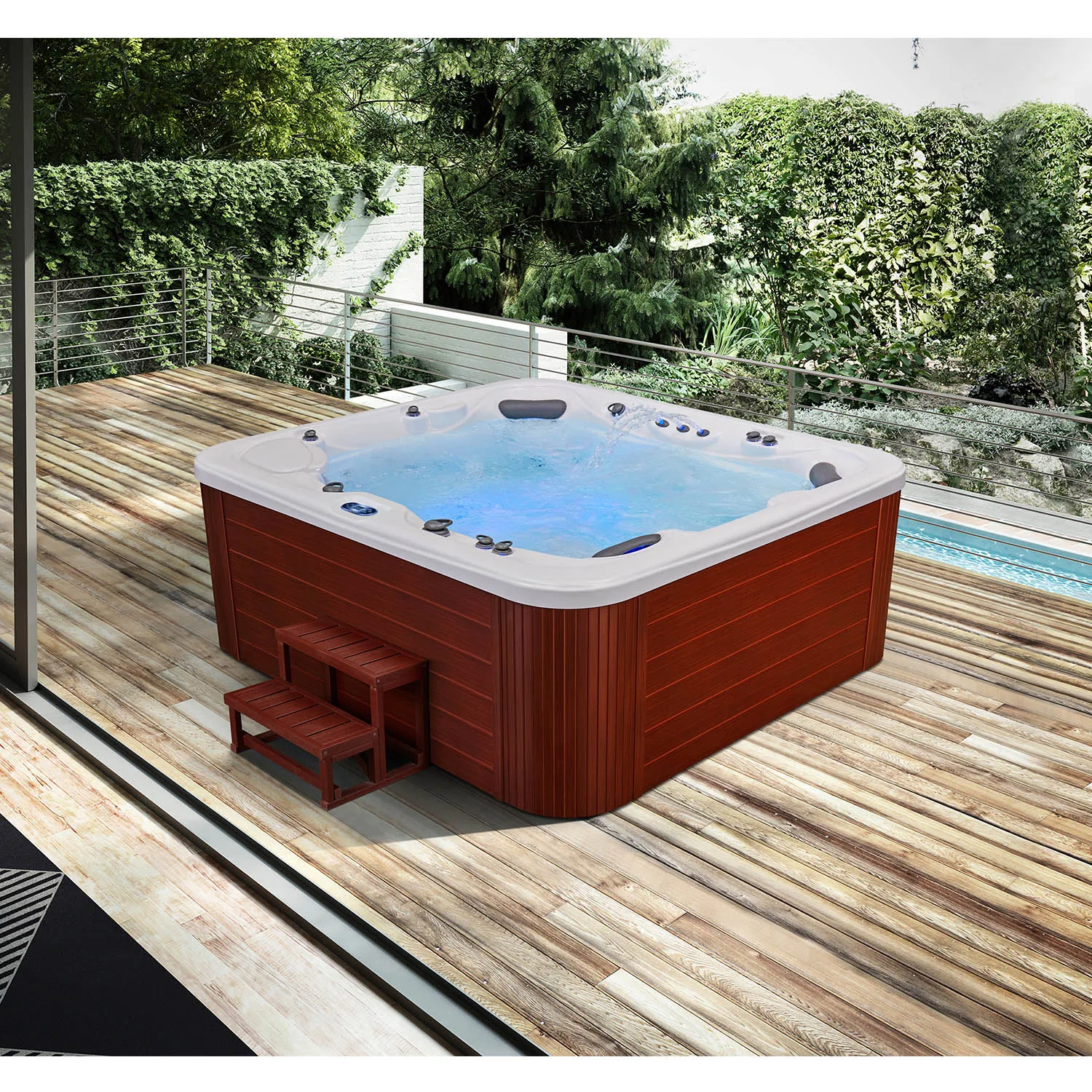
Comparison of acrylic spa massage bathtubs vs. other bathtub materials
Item | Acrylic spa massage bathtub | Cast iron bathtub | Steel enameled bathtub | Quartz bathtub |
| Weight | Lightweight and easy to install | Very heavy | Medium | Extremely heavy |
| Insulation | Good | Excellent | Poor | Excellent |
| Style | Various uses | Single style | Medium | Luxury and heavy |
| Susceptibility to Cracking | Potential risks | Very low | Medium | Extremely low |
| Maintenance Cost | Medium | High | Medium | High |
| Installation Cost | Low to medium | High | Medium | High |
Conclusion: Acrylic spa massage bathtubs offer advantages in weight, installation, and appearance, but require higher structural stability due to the high material and construction requirements, requiring special attention to crack prevention measures.
Acrylic Spa Massage Bathtub Usage Precautions
To prevent cracking of the acrylic spa massage bathtub, users should pay special attention to the following points during daily use:
1. Do not use for purposes other than bathing (such as storage or pet care);
2. Avoid sudden changes in temperature to prevent stress cracks;
3. Check the water pump and inlet and outlet ports monthly for looseness or leaks;
4. It is recommended to use a water filter to prevent hard water damage to the pipes;
5. If any bulging, discoloration, or cracks are observed during use, discontinue use and inspect immediately;
6. Exercise extreme caution when using with children and the elderly to avoid slips and impacts.
Can I Brand the Product for My Local Market?
Yes. We provide full branding support: logo engraving, printed cartons, manuals, and private-label options. Our OEM partners enjoy custom accessories and packaging to help them dominate their local market with high-quality outdoor spa or steam bathroom products bearing their own brand identity.

